Find Lighting Fixtures For Any Home at Our
Lighting Store Showroom Near Mc Clellanville, SC
The importance of great lighting in a home cannot be understated. It can brighten up a room and make it feel more open, while bad lighting can make a space feel dark and unwelcoming. It can make a room feel more inviting and more useful, melding aesthetics with function to create a welcoming and comforting glow. It helps you see what you're doing around the house, from cooking dinner to playing with your children. With the right application, lighting can help reduce eye strain and fatigue. Great lighting designs can even increase the value of your home, transforming it into an alluring oasis that is just right for the South Carolina market.
Simply put, lighting makes your life and your home better, whether you're a first-time homebuyer, an interior designer, or a home builder. But finding a reliable lighting store in Mc Clellanville, SC, where you can purchase lighting fixtures and receive expert lighting advice? That can be complicated. Fortunately, Lowcountry Lighting Studio makes it easy to find great lighting locally.
From chandeliers and scones to ceiling fans and gas lanterns, we keep the most popular designs in stock for both indoor and outdoor purposes. The best part? You can see and touch all that we have to offer right from our expansive showroom in Charleston, making you a truly enlightened consumer.
Service Areas
We Take Pride in Lighting the Lowcountry
At Lowcountry Lighting Studio, we believe that lighting is about more than fancy fixtures. It's what brings your personal treasures to life, brightens your daily tasks, and creates a warm and inviting environment to live, work, and play. With years of experience providing dependable lighting services to South Carolina, we are proud to be the ultimate resource for lighting value, design, and selection in the Lowcountry.
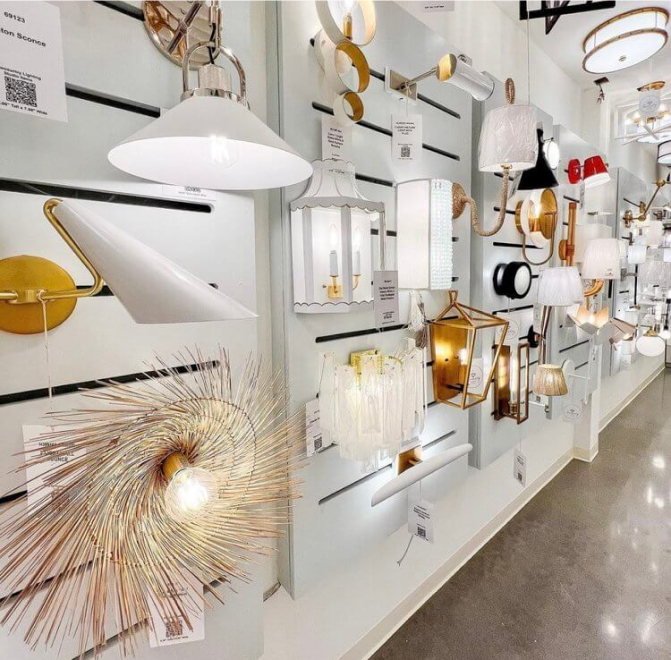
We've built our reputation on stellar customer service and take pride in offering exceptional design services provided by a team of experts who are dedicated to bringing your vision to life. If you're in search of expert product specialists, an onsite showroom, and a huge selection of today's most popular lighting choices, look no further than Lowcountry Lighting Studio.
Customers keep coming back to our lighting showroom because we are dedicated to providing high-quality services, such as:
- Indoor Lighting
- Outdoor Lighting
- Lighting Design
- Lighting Product Sales
- In-Home Consultations with a Lighting Specialist
- Complimentary Local Delivery
- Charleston's Top Choice for Lighting Quality, Knowledge, and Customer Service

Who We Serve
Lowcountry Lighting Studio is proud to serve clients from all walks of life who need quality lighting fixtures. Whether you're renovating your space or you're a home builder looking for a trusted partner, you'll find lots to love at our lighting store in Mc Clellanville, SC.
Homeowners
Need to upgrade a single room in your home? Looking for a comprehensive home electrical plan? Don't know where to start on your interior or exterior lighting journey? Our team of experts is here for you. To help us provide you with the best service possible, bring the following info along when you visit our showroom in Charleston:
- Room Dimensions
- Furniture Dimensions
- House Plans (If Available)
- Current or Desired Paint Colors
- Current or Desired Countertop and Island Colors and Materials
- Height of Ceilings
- Kitchen and Cabinet Hardware and Finishes
- An Idea of Your Desired Lighting Fixtures
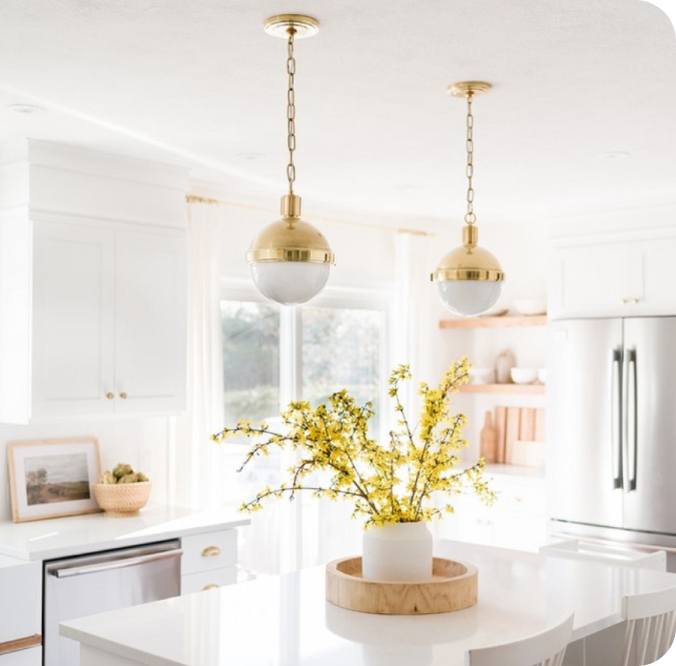
Realtors
When purchasing a new home, it's common for buyers to make aesthetic and practical changes inside and out. That's where Lowcountry Lighting Studio comes into play as a trusted lighting showroom for both you and your clients. We understand that builders, designers, and realtors all share the same goal of making their clients' houses feel like home. That's why we offer a realtor program tailored exclusively to registered agents.
With a $250 client reservation fee, you can book appointments at our studio to meet with our lighting specialists and designers. This fee will also be applied to any purchases made by your client. On top of that, you'll receive lighting books to showcase new options, special discounts to pass along to your clients, and much more. If you and your client are looking for reliable guidance for home lighting design, you're in the right place.
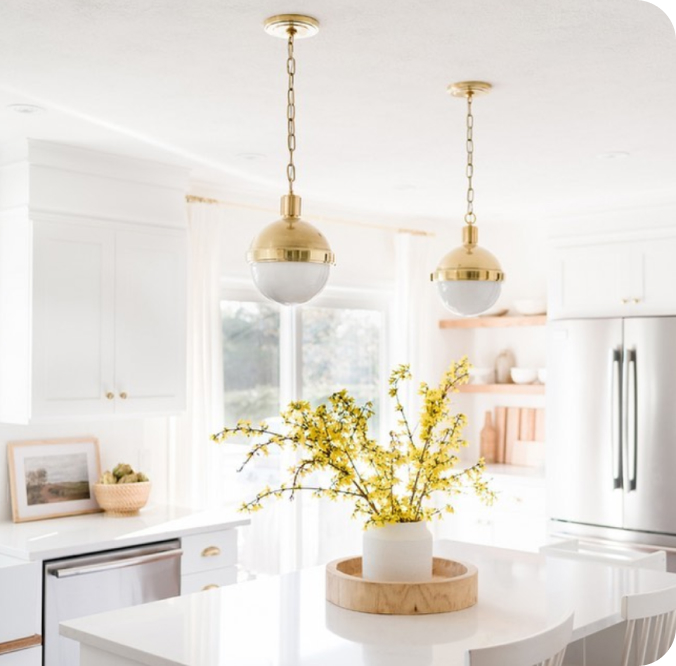
Designers
At Lowcountry Lighting Studio, we value our relationship with designers. We understand the importance of their client's projects and the trust they place in designers to bring their vision to life. Lighting plays a significant role in any design project, yet retailers do not always appreciate designers. To address this common issue, LLS has created a designer program that not only simplifies the selection process but also offers an enjoyable experience for clients.
As a registered member of our "Lowcountry Lighting Studio Designer Program," you'll enjoy several perks, including designer pricing, exclusive updates on new products and upcoming events, a waived $250 reservation fee with one of our lighting specialists, and much more. Our "Lighting Loft" is one of our favorite features, which you can reserve as a registered designer. This space elevates the selection process for you and your clients, making it both easy and fun to find modern, desirable lighting fixtures in Mc Clellanville, SC.
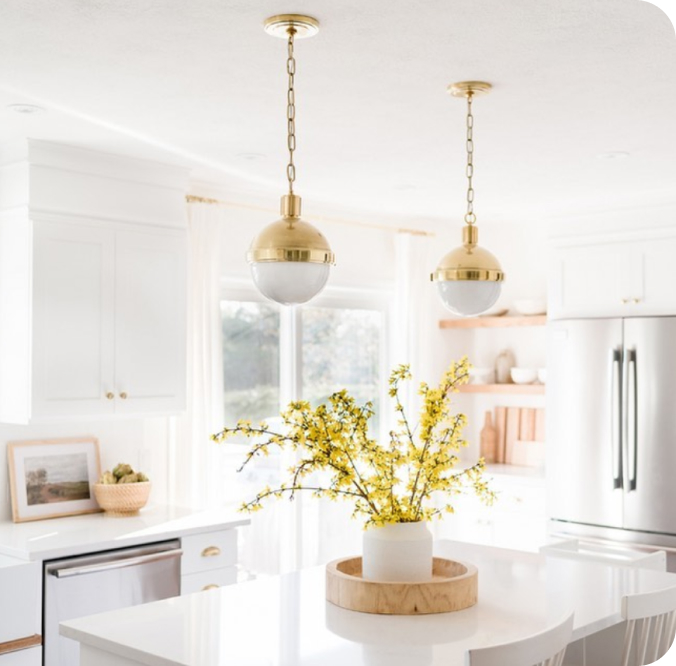
Builders, Contractors, & Architects
At Lowcountry Lighting Studio, we bring together our extensive expertise in construction and lighting to help you navigate the complex process of completing your projects. Our aim is to facilitate seamless communication between you and your clients, supporting you every step of the way from initial concept to final completion.
To achieve this, we offer a range of trustworthy lighting services for builders, contractors, and architects, including:
- Electrical Design and Layout
- Rough-In
- Decorative Selection of Lighting
- Decorative Selection of Mirrors
- Landscape
- LED Lighting for Specialty Needs
- Discounted Builder Pricing
- Local Deliveries
- Lighting Packets for Clients
- Detailed and Ongoing Communication
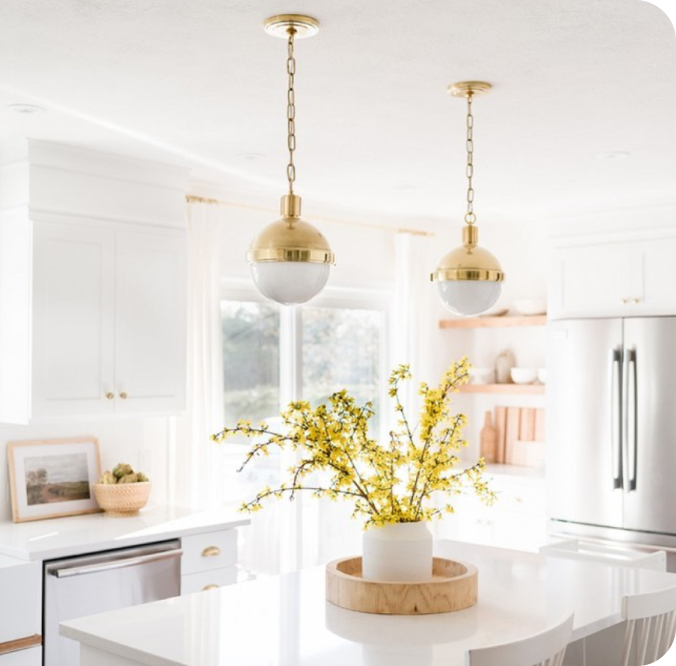
Need to upgrade a single room in your home? Looking for a comprehensive home electrical plan? Don't know where to start on your interior or exterior lighting journey? Our team of experts is here for you. To help us provide you with the best service possible, bring the following info along when you visit our showroom in Charleston:
- Room Dimensions
- Furniture Dimensions
- House Plans (If Available)
- Current or Desired Paint Colors
- Current or Desired Countertop and Island Colors and Materials
- Height of Ceilings
- Kitchen and Cabinet Hardware and Finishes
- An Idea of Your Desired Lighting Fixtures
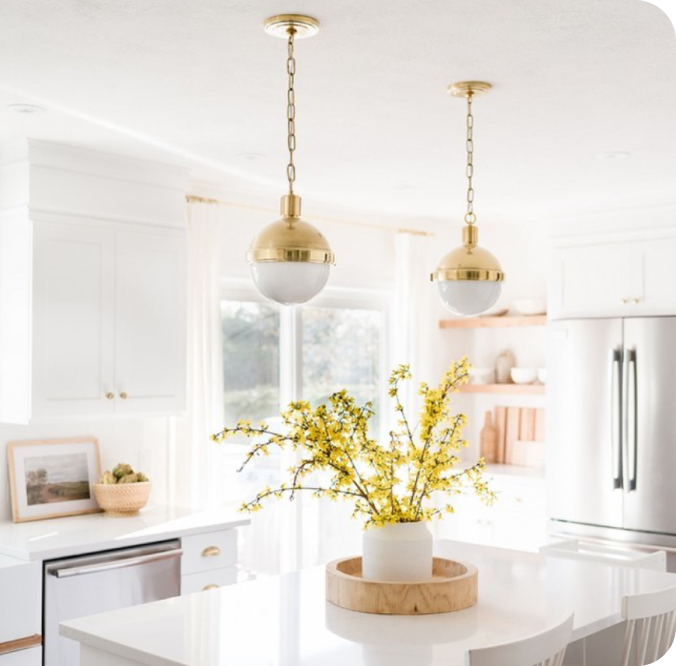
When purchasing a new home, it's common for buyers to make aesthetic and practical changes inside and out. That's where Lowcountry Lighting Studio comes into play as a trusted lighting showroom for both you and your clients. We understand that builders, designers, and realtors all share the same goal of making their clients' houses feel like home. That's why we offer a realtor program tailored exclusively to registered agents.
With a $250 client reservation fee, you can book appointments at our studio to meet with our lighting specialists and designers. This fee will also be applied to any purchases made by your client. On top of that, you'll receive lighting books to showcase new options, special discounts to pass along to your clients, and much more. If you and your client are looking for reliable guidance for home lighting design, you're in the right place.
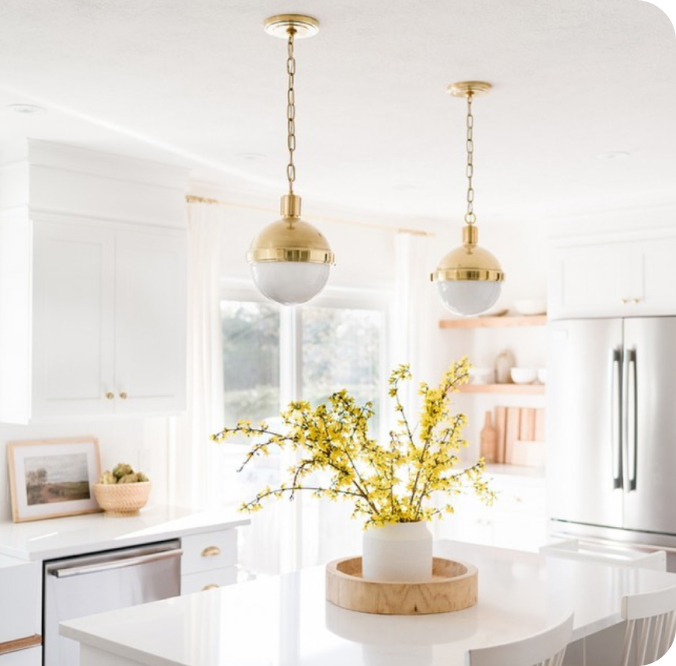
At Lowcountry Lighting Studio, we value our relationship with designers. We understand the importance of their client's projects and the trust they place in designers to bring their vision to life. Lighting plays a significant role in any design project, yet retailers do not always appreciate designers. To address this common issue, LLS has created a designer program that not only simplifies the selection process but also offers an enjoyable experience for clients.
As a registered member of our "Lowcountry Lighting Studio Designer Program," you'll enjoy several perks, including designer pricing, exclusive updates on new products and upcoming events, a waived $250 reservation fee with one of our lighting specialists, and much more. Our "Lighting Loft" is one of our favorite features, which you can reserve as a registered designer. This space elevates the selection process for you and your clients, making it both easy and fun to find modern, desirable lighting fixtures in Mc Clellanville, SC.
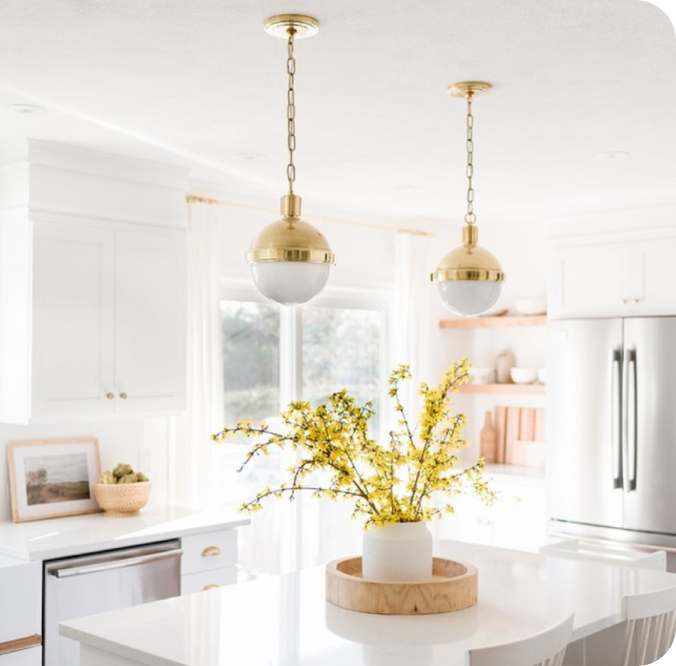
At Lowcountry Lighting Studio, we bring together our extensive expertise in construction and lighting to help you navigate the complex process of completing your projects. Our aim is to facilitate seamless communication between you and your clients, supporting you every step of the way from initial concept to final completion.
To achieve this, we offer a range of trustworthy lighting services for builders, contractors, and architects, including:
- Electrical Design and Layout
- Rough-In
- Decorative Selection of Lighting
- Decorative Selection of Mirrors
- Landscape
- LED Lighting for Specialty Needs
- Discounted Builder Pricing
- Local Deliveries
- Lighting Packets for Clients
- Detailed and Ongoing Communication
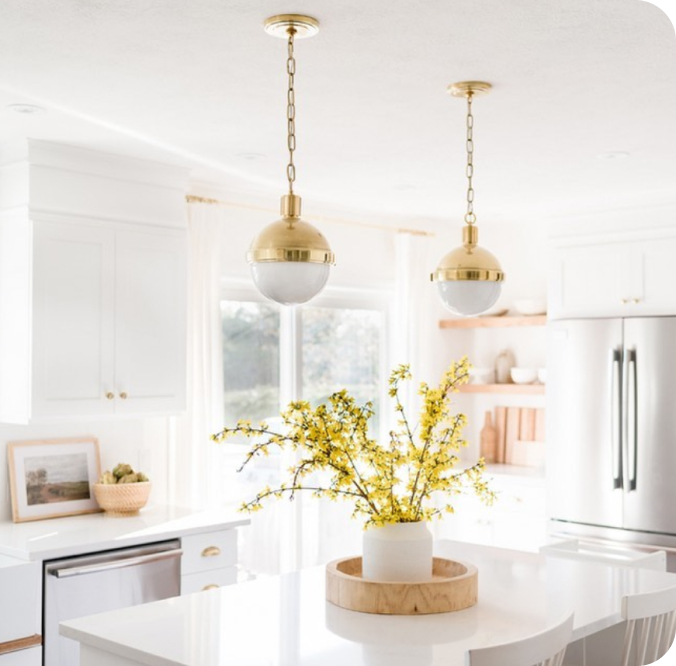
Popular Lighting Fixtures from Our Lighting Store in Mc Clellanville, SC
As one of South Carolina's premier lighting showrooms, LLS keeps a keen eye on the types of lighting fixtures and design choices that customers love - both locally and across the country. Here are just a few of the most popular types of lighting fixtures you can find at our lighting showroom.
 Gas Lanterns
Gas Lanterns
When designing or refreshing a modern structure, it's important to choose the appropriate outdoor lighting that complements the overall aesthetic. It's easy to overlook gas lanterns because they're often associated with traditional or old-world styles.
However, there are gas lantern designs that are perfect for modern or transitional style homes, such as Coppersmith +, Primo +, and Legendary Lighting models. These lanterns have sleek and geometric designs ideal for contemporary gas lighting. In addition, you'll find a variety of finishes to enhance your selection further. For a more modern look, a powder-coated black finish is recommended, while copper and patina finishes work best for transitional gas lighting.

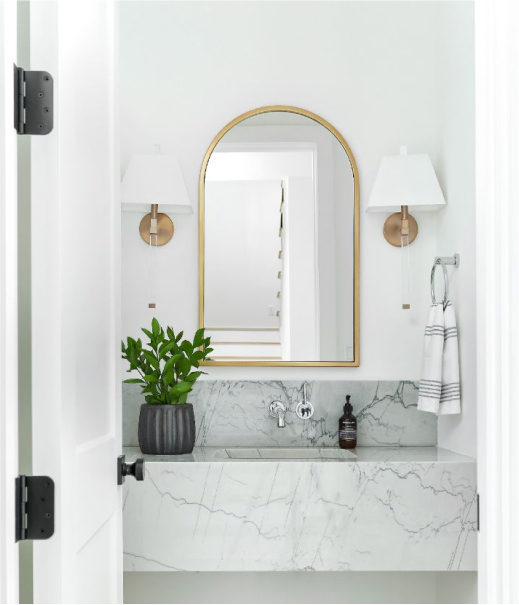

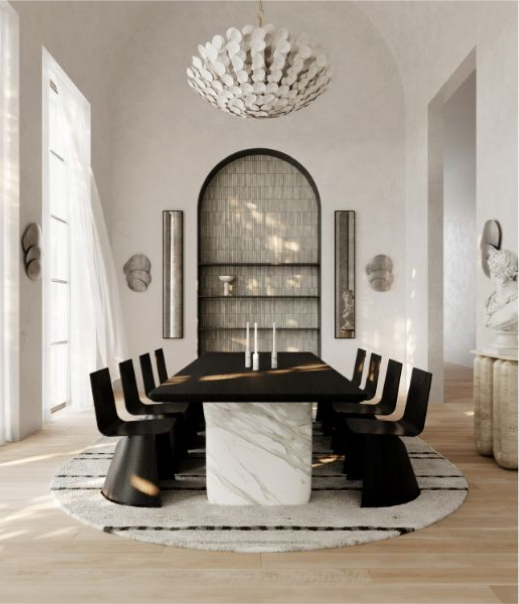
 Chandeliers
Chandeliers
Chandeliers often possess intricate designs that exude beauty and allure, even in the absence of light. Conversely, lamps can appear dull and uninspiring when turned off, only serving to add vibrancy and warmth when they are illuminated. Introducing a striking and unique chandelier into a large and spacious room can bring life and character to the space.
These exquisite pieces of art can act as the focal point of the room, keeping the area from appearing lifeless and uninteresting. With a simple chandelier, your home can be transformed into an unforgettable space, exuding an air of elegance that your neighbors will be jealous of. Of course, mid-size and mini chandeliers are fantastic, too, and work very well for adding a special touch to a relatively small space, like a dining room or breakfast cove.
Whether you're looking for a grand, traditional chandelier from Uttermost or a trendy, modern piece from George Kovacs, we've got the styles and finishes you're craving at our lighting showroom in Mc Clellanville, SC.
 Ceiling Fans
Ceiling Fans
Ceiling fans are making a major comeback in many South Carolina homes. Unlike the bland, monotone fans found in your college dorm room, today's ceiling fans are attractive and stylish. At Lowcountry Lighting Studio, you'll find a wide selection of stylish ceiling fans made with on-trend materials such as polished nickel and exotic wood.
These high-quality fans typically offer various finish and light kit options, as well as remote controls. Some models even feature carved ceiling medallions that add texture and intrigue. You can choose from a range of sizes and styles to match your unique interior design, including traditional models with wood or bronze finishes, modern units in brushed metal, or tropical fans with blades resembling banana leaves.
From Fanimation to Hinkley and just about every brand in between, there's a ceiling fan for every taste at LLS.

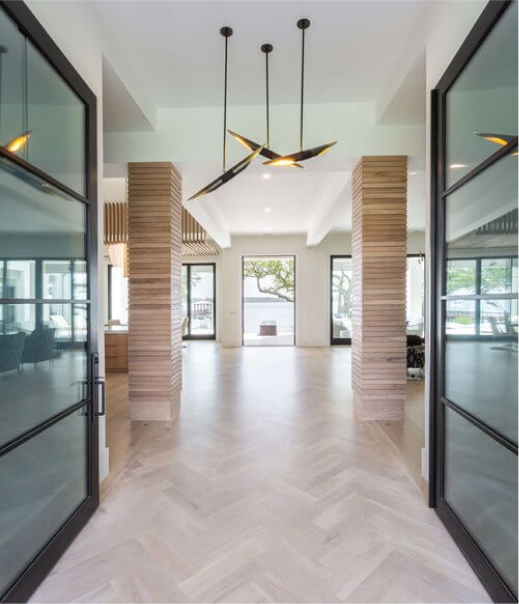

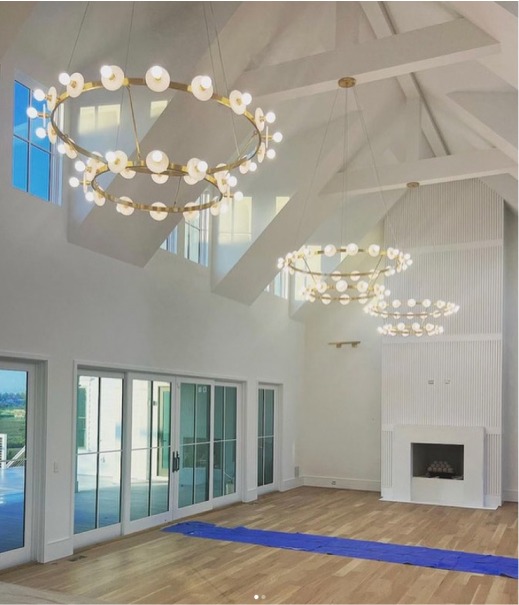
 Scones
Scones
Wall sconces are a popular addition to any room, regardless of interior design style. They are discreet and versatile, making them a perfect fit for any space in your home. If you're looking to create a soft and welcoming atmosphere in your entryway or a warm and cozy ambiance in your bedroom, wall sconces are the perfect solution.
At Lowcountry Lighting Studio, we offer a wide variety of wall scone options, from products with brass and antique finishes to scones with Mid-Century Modern flair.
Timeless Tips for Beautiful Interior Lighting
It might sound cliche, but having a great interior lighting design for your home is everything. When you get it right, you can significantly enhance the overall look and feel of your home. But when styles and design elements clash with one another or lack true functionality, it can have a negative effect.
Keep these tips in mind to maximize the ambiance and mood of your home.
To ensure that every room in your home is well-lit and functional, having a mixture of lighting at different levels is important. For instance, in your kitchen, you can have lighting units above your island and task lighting underneath your cabinetry. Similarly, in your living room, you can have ceiling units with table lamps placed around the perimeter of the room. By combining lighting in this way, you can create a more functional and comfortable living space.
It's essential to know your ceiling height before selecting hanging light fixtures. Some light fixtures come with adjustable cables or rods, while others do not. You don't want to find yourself with a light that hangs either too low or too high. As a general rule, a light should hang about 12 to 20 inches below a standard 8-foot ceiling. For every additional foot of ceiling height, add 3 inches to the hanging length of the light. Knowing these measurements will help you get the perfect hanging light fixtures for your home.
When you visit our showroom to view lighting fixtures in Mc Clellanville, SC, keep in mind that different rooms have different functions and focal points. Generally speaking, your lighting design should reflect the purpose of the room.
For instance, in your living room, consider installing indirect lighting to create a more relaxed atmosphere. You may also want to add tabletop lamps next to a sofa or armchair to further enhance the ambiance. If the room has high ceilings, it would be helpful to combine lighting on the ceiling and walls, which will help to give the room a more calming feel. This will also prevent visitors from feeling lost in a large open space.
For entryways into your home, try having lights installed along the walls to make coming and going safe day and night. For a unique effect, combine architectural lighting with recessed lighting or even a trendy ceiling light, depending on the shape, size, and design of your entryway.
Adding new pendant lighting to your home can be an expensive and inconvenient process, especially if you don't want to change your electrical setup. However, you can consider using cord swags as a stylish solution. You can loosely swag them over a bar or a hook, or you can securely attach the cord tight to the ceiling for an industrial look. This is a great way to add a touch of style and ambiance to your home without breaking the bank.
One of the most common questions we're asked at Lowcountry Light Studio is how to begin designing or renovating a home's lighting. While every approach will be different depending on your home, budget, and time, one of the best ways to start is to think about recessed and exposed lighting.
Recessed lighting, as the name suggests, is a lighting unit that is designed to be hidden, so the light source is the only visible component. This is highly practical for modern, clean interiors where architectural details are unnecessary. Additionally, recessed lighting is ideal for homes with low ceilings, where hanging light fixtures may not be suitable.
Exposed lighting, by contrast, utilizes distinct lighting units with prominent architectural details. This type of lighting blends well with traditional and even rustic vibes. If you are planning to have recessed or exposed lighting installed in your home, it's a good idea to make this decision early on, as it can affect your builder or electrician's plans.
When choosing lighting for your space, be sure to consider the type of lightbulb you're using, not just the lighting fixture. There are different bulb options, such as halogen, compact fluorescent, and LED bulbs, which come in varying warm or cool hues. Deciding on your desired glow is ultimately going to be a personal choice, much like your home's wall color. But using bulbs that compliment your home's aesthetic and color scheme is never a bad idea.
As a general rule, if your walls have cool tones, using a warm lightbulb can help to create a more inviting atmosphere. Conversely, if you have a dark space, a cooler glow might be necessary to brighten it up.
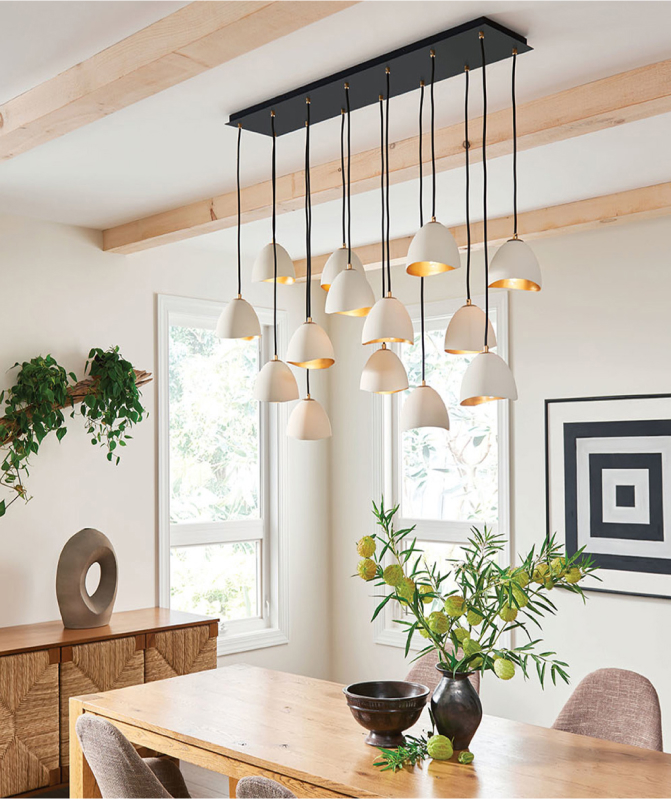

Illuminating the Path to Impeccable Lighting in Your Home
Ready to transform your home's lighting from basic and bland to memorable and distinct? Trends will come and go, but expertise and experience are always in fashion. That's what you get with Lowcountry Lighting Studio - one of The Palmetto State's most reliable and innovative lighting showrooms. Whether you're a builder, architect, realtor, or homeowner, our team is ready to help you choose the lighting design of your dreams. Contact our lighting store in Mc Clellanville, SC, today to reserve an appointment in our showroom soon.
Start Shopping

Latest News in Mc Clellanville, SC
Disclaimer:






